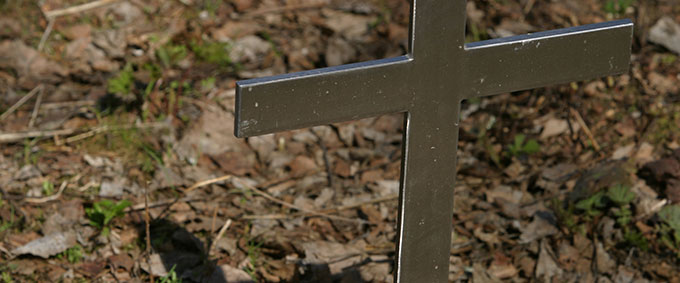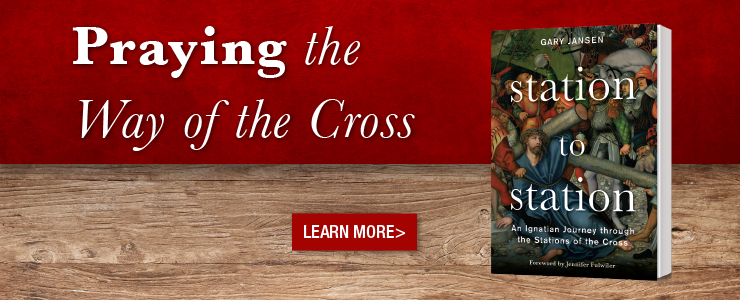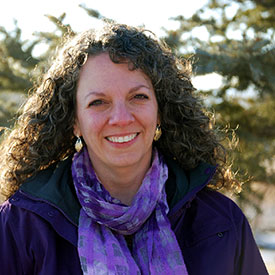Praying on the Road to Calvary

Living the way of the cross is inevitable. The Lenten journey begins with a reminder of our own mortality: “From dust we came and to dust we shall return.” Not one of us, as they say, escapes this journey alive. Death is the universal end of our earthly lives, and every one of us, if we live long enough, dies smaller deaths along the way.
These are the moments that can most try our faith—the fears, grief, and failures that pockmark the road and cause us to stumble or to crumble. An accident. A cancer diagnosis. Abuse. Betrayal. Divorce. Broken dreams. Every one of us carries a burden, often in secret. We put on a brave face.
We cry out to God—and we sometimes wonder if God hears. In this we are in exalted company. The Lord Jesus himself cries out from the cross, “My God, my God, why have you forsaken me?” (Matthew 27:46) As Jesus shares our burden of death and the fearsome prospect of being abandoned by God, he also lights the path of hope: “…those who lose their life for my sake will find it.” (Matthew 16:25).
How do we pray to and with Jesus when we feel we’ve lost ourselves? Some have suggested that one of the most potent prayers we have at our disposal is also one of the simplest: “Help!” When my mother died at 53 after a short and brutal battle with leukemia, I was in a dark hour and discovered for the first time what it means for someone to pray for me. A wise pastor reminded me that when I could not pray, my brothers and sisters in the Body of Christ could pray instead.
Our Catholic heritage offers us refuge in knowing that all the saints, living and dead, can lift up prayers on our behalf. We have the devotional prayers of our tradition—the Our Father, the Hail Mary, the Memorare, and the book of Psalms—which give us words for the times when we have no words of our own.
We also have silence. “Silence is God’s first language,” teaches St. John of the Cross. In our dark hours, it can be enough to lift our sufferings in wordless silence to God.
Lent ends with an empty tomb and the resurrected Messiah whose triumph promises our own resurrections. May our prayer this Lent unite our suffering with the Lord’s suffering so that we can find in him the life he promises.
Stations of the Cross
The stations are a popular Lenten and Holy Week devotion first observed in the city of Jerusalem. The practice then spread to other areas during the Middle Ages. Praying the stations involves tracing Jesus' journey from the court of Pilate to Calvary and eventually to the tomb. In churches where images or plain crosses with numbers represent Jesus' steps, people walk from station to station to pray and reflect on the event portrayed in the station. There are fourteen stations, but in many devotional books a fifteenth has been added, the Resurrection.



